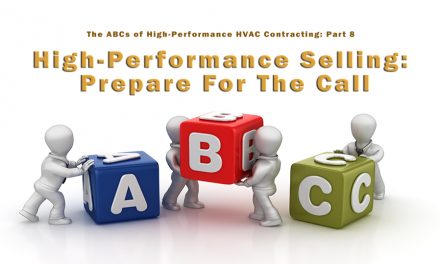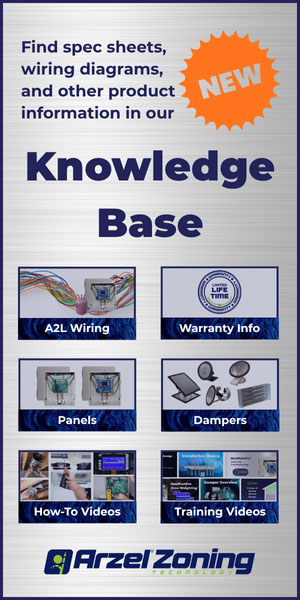
Dominick Guarino, Chairman and CEO of NCI, facilitated the 2018 High Performance HVAC Summit Panel Discussion.
Q:Dominick: When it comes to dealing with customer reactions to the different offerings you have based on measured performance, how do you prepare your field teams?
A: Kevin Walsh: We often find that our customers wonder what we’re doing and why we need to do it. After we explain the process and why it’s important, they start to get it.
Armed with third-party information, we can show customers exactly what and why we do what we do. They are a bit surprised. Then they start wondering why other companies don’t operate in the same way.
We train our team to explain that we believe in doing things the proper way. Our technicians explain that we follow a lot of industry standards and these are the things that are supposed to be done. If other companies aren’t doing it, shame on them for skipping steps necessary for making sure the customer’s system is operating in a safe, healthy, and efficient manner.
Paul Wieboldt: We try to educate our customers. I use my website to tell a story about what is going on in the HVAC community with messages to the consumer. I talk about the proper way to do things and what contractors shouldn’t do.
I find many people comment that they know just what I’m talking about ‘ they see contractors using rules of thumb. They say that many contractors don’t connect to the fact that as consumers they want energy efficient homes.
Telling a story on our website has been a real advantage. We set up how we do business as an alternative to the mainstream and I find people really like that. It leads to people knocking on our door looking for solutions.
Q: Rick Young, Absolute Comfort, Houston: How exactly are you training your service techs to answer those questions from customers?
A: Tom Johnson: We do a lot of practicing in-house when we have our weekly staff meetings. We talk a lot about the new training and new technology offered by NCI and other groups. We try to proactively tell customers as we come into the job about what we will be doing and why we may find something that others don’t even look for.
It’s built into the technician’s rapport with the customer. Techs have to be comfortable with that in my training room before they can go out on a call. If they aren’t comfortable with it, they wind up telling the customer all kinds of bizarre stuff which is unacceptable.

During the 2018 High-Performance Summit in March 2018, a panel of five contractors interacted with their peers in the audience, asking and answering questions on how the changed their cultures to include performance.
My guys hate role-playing. But they love talking to each other. So we just set up the conversations. It IS role-playing, but we don’t call it that. Having those conversations in a safe environment in the office and in training meetings, really helps techs answer those questions by customers. It becomes an automatic response that is very honest and open.
Wieboldt: A very important part of our training is teaching technicians never to badmouth the company that originally installed the equipment. Because it was probably us. In our efforts to be honest, we explain that we ‘messed up.’ We didn’t have the knowledge or tools we have today that allows us to see into an HVAC system. It’s like the time before medical MRIs when all doctors had were X-Ray machines. The difference between what they could see then and now is night and day. The same is true for HVAC measuring technology.
That means things we did wrong in the past, we have to fix. It also means we have the opportunity to implement improvements. We need to not place blame. We need to tread lightly.
Nancy McKeraghan: Technicians need to understand why they are doing performance measuring and testing. Then they can legitimately say to customers, ‘I’ve had training just recently and now have new knowledge and new tools to better assess what your situation is. Perhaps the other companies haven’t had this training.’












Recent Comments